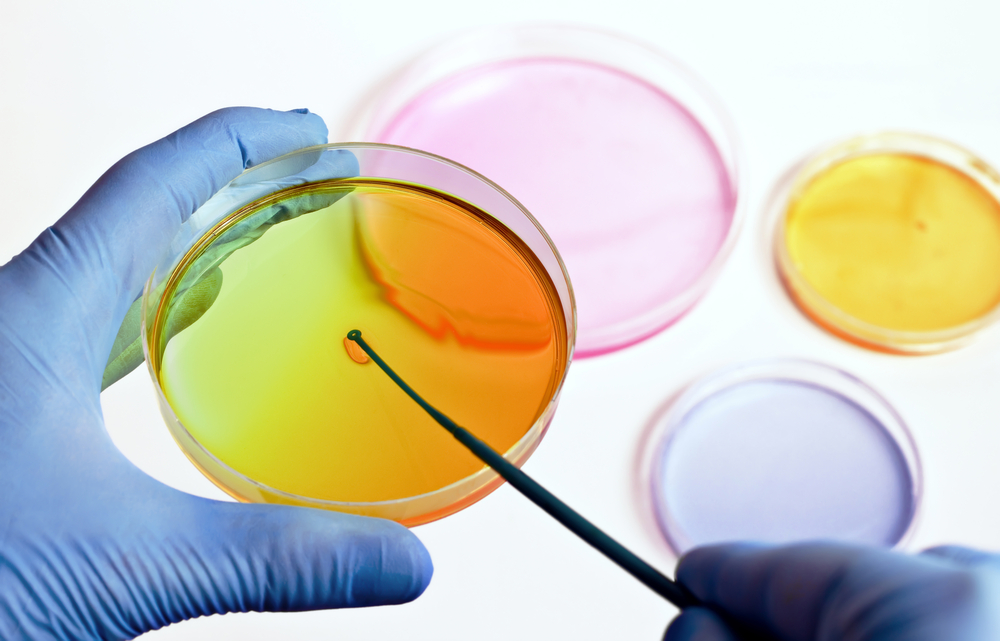 Researchers from Cancer Prevention and Control at The University of Kansas Cancer Center have found a way to test investigational cancer drugs using an innovative in vitro “tumor in a dish” assay.
Researchers from Cancer Prevention and Control at The University of Kansas Cancer Center have found a way to test investigational cancer drugs using an innovative in vitro “tumor in a dish” assay.
The research team, led by Shrikant Anant, Ph.D., was able to combine the different types of cells that constitute a lung and introduce cancer cells to understand how lung tumors develop in an “in vivo” setting that mimics human physiology.
This method could also allow researchers to test new experimental anti-cancer drugs that otherwise would be inaccurate and laborious.
Even though in vitro methods are many times the only option available, they do not accurately represent the human tumor microenvironment. Furthermore, animal testing carries a lot of ethical issues and can be very time-consuming.
Dr. Anant and his team also wanted a model that would allow them to test cancer drugs on metastases, which are the main responsible for cancer mortality.
In collaboration with Prabhu Ramamoorthy, Ph.D., a gastrointestinal physiologist and member of the KU Cancer Center’s Cancer Biology Program, the researchers were able to design a model for the study of colon cancer metastasis.
“We decided to put a cancer cell inside a three dimensional multi-cell spheroid in vitro, and watch it colonize,” said Dr. Anant in a news release. The team used lung cells to grow the tumor, since the majority of colon cancers metastasize to the lungs and liver.
“The lung makes more sense because 80 percent of all cancers metastasize there. If we can build a lung we can look at how almost any type of cancer spreads, not just colon. Then we’ve really done service to society because researchers can use it to study different cancers”, Dr. Anant explained.
Using all the different structures that compose a lung, including lymphatic endothelial cells, endothelial cells, lung fibroblasts and lung epithelial cells, they created an ideal environment that resulted in the formation of a lung in a dish that was able to produce surfactant protein and form alveoli sacs.
Researchers injected colon cancer cells that were transfected with a green fluorescent protein, which allowed them to monitor and follow the growth and migration of these cells. They observed that the tumor cells were able to home into the lung tissues.
“We said ‘wow, we’ve got something really cool going here. But then we had to figure out: Can we use it to test cancer drugs with actual patient tumor samples? Seeing is believing when you’re testing the drug on that patient’s tissue,” said Dr. Anant.
To further test their model, the team used ovarian cancer cells from a patient who had not received any type of treatment and added them into the tumor in a dish to test a commonly used drug for ovarian cancer treatment, cisplatin, along with an investigational compound the team is working with, marmelin. This drug has already been show to reduce tumor growth in mice models of colon cancer. The team observed that the ovarian cancer cells were not responsive to cisplatin and that the lung tissue was dying from drug toxicity.
However, a new version of marmelin was able to kill the cancer cells while leaving the healthy lung cells untouched.
“We came up with this idea because the methods for testing new cancer drugs aren’t ideal,” said Dr. Anant. “We found that by using the tumor in a dish we could develop new drugs and combinations with less animal use and faster results. It could also be a big step forward for personalized medicine by using patient tumor samples to determine which medications will work.”


